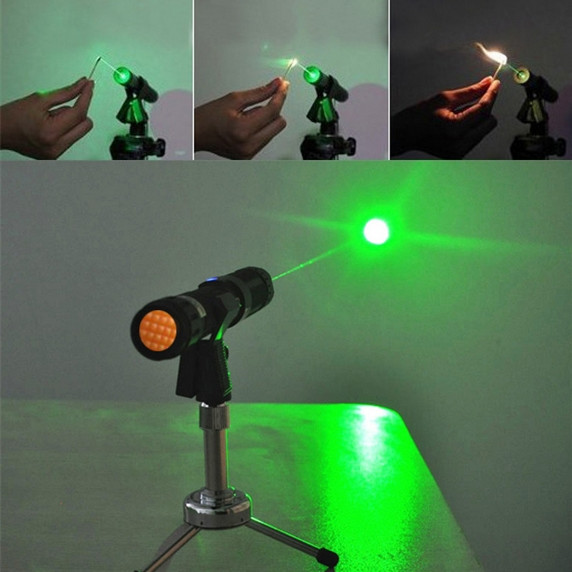Any kind of thermal cutting technology, except in a few cases, which can start from the edge of the board, generally a small hole must be drilled in the board. In the early days, a punch was used to punch a hole on a laser pointer punching compound machine, and then a laser was used to start cutting from the small hole. With the continuous improvement of laser power and the gradual maturity of the process, direct laser perforation has become the mainstream. So what are the perforation methods of laser cutting machine?
(1) Blasting perforation: The material forms a pit in the center after continuous laser irradiation, and then the molten material is quickly removed by the oxygen flow coaxial with the laser beam to form a hole. Generally, the size of the hole is related to the plate thickness. The average diameter of the blasting hole is half of the plate thickness. Therefore, the blasting hole of the thicker plate is larger and not round. It is not suitable for use on parts with higher requirements (such as oil screen pipe ), can only be used on scrap. In addition, since the oxygen pressure used for perforation is the same as that used for cutting, the splash is larger.
(2) Pulse perforation: A pulsed laser with high peak power is used to melt or vaporize a small amount of material. Air or nitrogen is often used as an auxiliary gas to reduce the expansion of the hole due to exothermic oxidation. The gas pressure is lower than the oxygen pressure during cutting. Each pulse laser only produces small particle jets, which gradually penetrate deeper, so it takes a few seconds for the thick plate to perforate.
Once the perforation is completed, immediately change the auxiliary gas to oxygen for cutting. In this way, the perforation diameter is smaller, and the perforation quality is better than blast perforation. For this reason, the laser used should not only have a higher output power; the more important time and space characteristics of the beam, so the general cross-flow CO2 laser cannot meet the requirements of laser cutting.
In the case of pulse perforation, in order to obtain high-quality cuts, the transition technology from pulse perforation when the workpiece is stationary to continuous cutting of the workpiece at constant velocity should be paid attention to. In theory, it is usually possible to change the cutting conditions of the acceleration section, such as focal length, nozzle position, gas pressure, etc., but in fact, it is unlikely to change the above conditions due to too short time. In industrial production, it is more realistic to mainly adopt the method of changing the average power of the green laser pointer. The specific method is to change the pulse width; change the pulse frequency; and change the pulse width and frequency at the same time.
